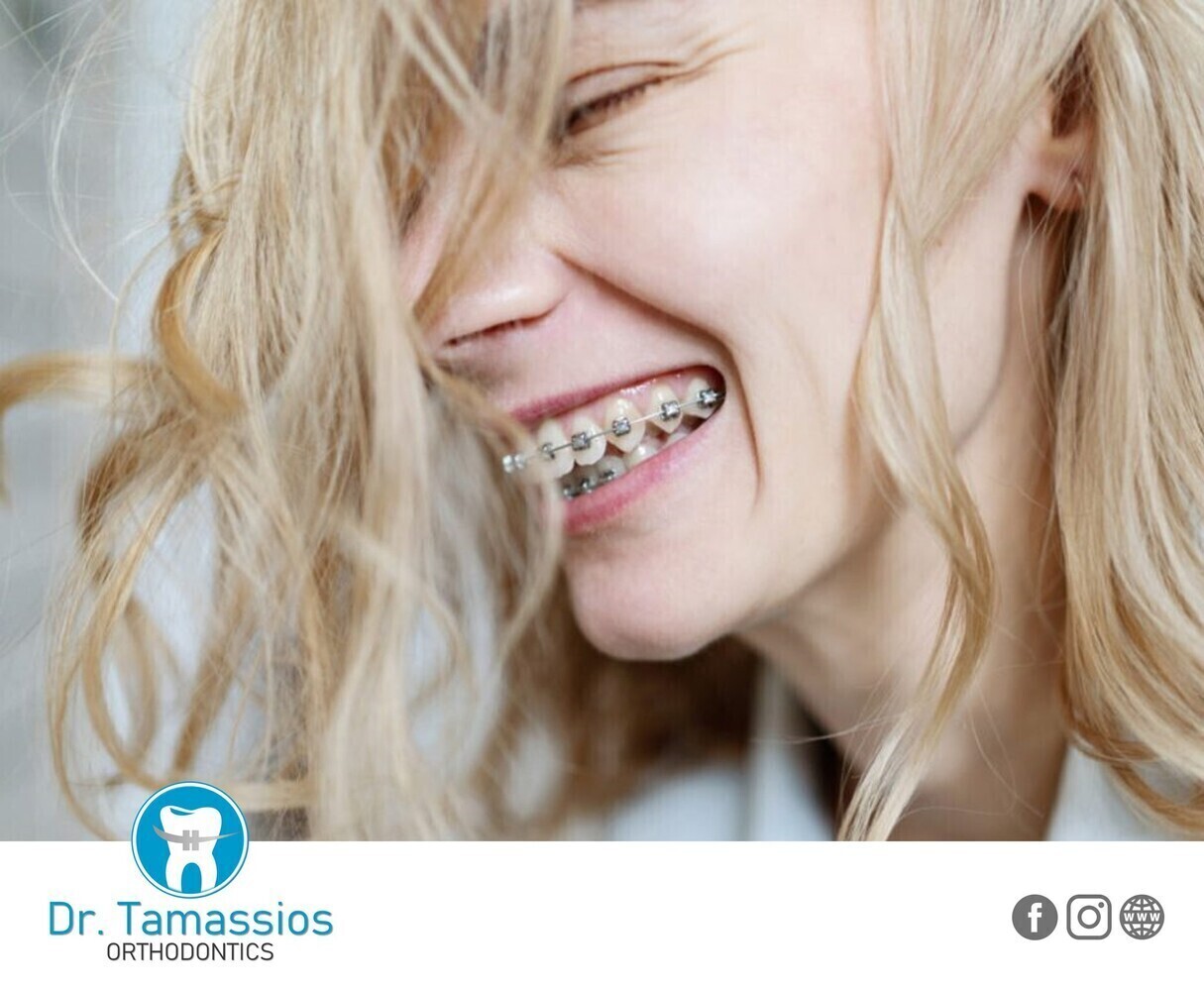Types of Braces
Clear braces have become increasingly popular over the years as an alternative to traditional metal braces. They provide an effective solution for people seeking orthodontic treatment without the noticeable appearance of metal braces. The clear braces market has expanded quickly in recent years, and there are now several types of clear braces available for patients to choose from. In this article, we will explore the different types of clear braces on the market and discuss their benefits and drawbacks to help you make an informed decision.
Ceramic Braces
Ceramic braces are a popular alternative to traditional metal brackets for orthodontic treatment. They are made of composite materials that mimic the color of natural teeth, making them more aesthetically pleasing than metal brackets.
One of the key differences between ceramic and metal brackets is their color. While metal brackets are typically made of stainless steel, ceramic braces are usually clear or tooth-colored. This makes them a great option for patients who want a more discreet treatment option.
There are several advantages to using ceramic brackets for orthodontic treatment. For one, they are less noticeable than traditional metal brackets, making them a great option for patients who are concerned about the appearance of their braces. Additionally, ceramic brackets are less prone to staining than metal brackets, which can be a concern for patients who consume a lot of dark-colored beverages, such as coffee or red wine. Finally, ceramic brackets are a great option for patients with allergies to metal.
However, the use of ceramic brackets does come with some disadvantages. First, they are typically more expensive than traditional metal brackets, and may not be covered by insurance. Additionally, ceramic brackets are not as durable as metal brackets and may be more prone to chipping or breaking. Finally, ceramic brackets may require more maintenance than metal brackets due to their tendency to stain.
Ideal candidates for ceramic brackets include patients who are looking for a more discreet treatment option and who prioritize aesthetics over treatment time. Patients who participate in sports or play wind instruments may also prefer ceramic brackets, as they are less likely to irritate the mouth or affect playing ability.
The process of attaching ceramic brackets to the teeth is similar to that of traditional metal brackets. The brackets are attached to the teeth using a special dental cement, and then connected to the orthodontic wire using elastic or wire ligatures. Maintaining ceramic brackets requires regular brushing and flossing, as well as avoiding sticky or hard foods that can damage the brackets.
In conclusion, ceramic brackets offer patients an attractive alternative to traditional metal brackets. While they may not be ideal for everyone, they are a great option for patients who prioritize aesthetics and are willing to invest in the additional cost and maintenance that comes with them. It is important to consult with a dental professional to determine if ceramic brackets are the right choice for your orthodontic needs.
Lingual Braces
Lingual braces are a type of traditional braces that are applied to the back of the teeth, making them nearly invisible. Although they are not technically invisible braces, lingual braces are one of the most discreet options for those seeking a less noticeable orthodontic treatment.
The main advantage of lingual braces is that they are not visible to others, which makes them a great option for adults who are self-conscious about their appearance. Additionally, lingual braces work just as well as traditional braces or clear aligners, making them a great option for those with more complex orthodontic issues.
However, lingual braces do come with some downsides. First, they are more expensive than traditional braces or clear aligners due to the specialized equipment and training required for their application. Secondly, the application process is more difficult for dental professionals due to the minimal space between the brackets and the teeth.
Despite these drawbacks, lingual braces are an excellent option for those looking for a discreet orthodontic treatment that is just as effective as traditional braces or clear aligners. Dental professionals can discuss the pros and cons of lingual braces with patients during the initial consultation to decide which option is the best fit for their individual needs and treatment goals.
Custom-Made Aligners
Custom-made aligners are a popular alternative to traditional metal braces for those seeking orthodontic treatment. They are transparent, nearly invisible, and provide a discreet appearance that many people prefer. Custom-made aligners, such as Invisalign, are a series of removable, plastic aligners that work to gradually shift the teeth into their proper position.
To begin treatment with custom-made aligners, patients must have an initial consultation with a dental professional, who will determine if custom-made aligners are the right choice for their orthodontic issues. If appropriate, a treatment plan is created to address the patient's specific needs.
Once a treatment plan has been established, a series of custom-made aligners are created. These aligners are produced using state-of-the-art technology that employs computer-aided design and 3D printing. Patients then wear each pair of aligners for 1-2 weeks per set before moving on to the next set in the series.
There are several brands that offer custom-made aligners, with Invisalign being the most well-known. Another brand, ClearCorrect, also offers custom-made aligners. Both brands use similar technology and treatment processes.
One of the benefits of custom-made aligners over traditional metal braces is their discreet appearance. As the aligners are nearly invisible, they do not draw attention to the wearer's teeth during treatment. Additionally, custom-made aligners are more comfortable to wear than traditional braces, as they do not contain any brackets or wires that can irritate the mouth.
In conclusion, custom-made aligners provide an excellent alternative to traditional metal braces for those seeking treatment for orthodontic issues. They offer a discreet appearance, comfort during wear, and are produced using state-of-the-art technology. If you are considering orthodontic treatment, be sure to discuss custom-made aligners with your dental professional to see if they are the right choice for you.






.jpg)

























